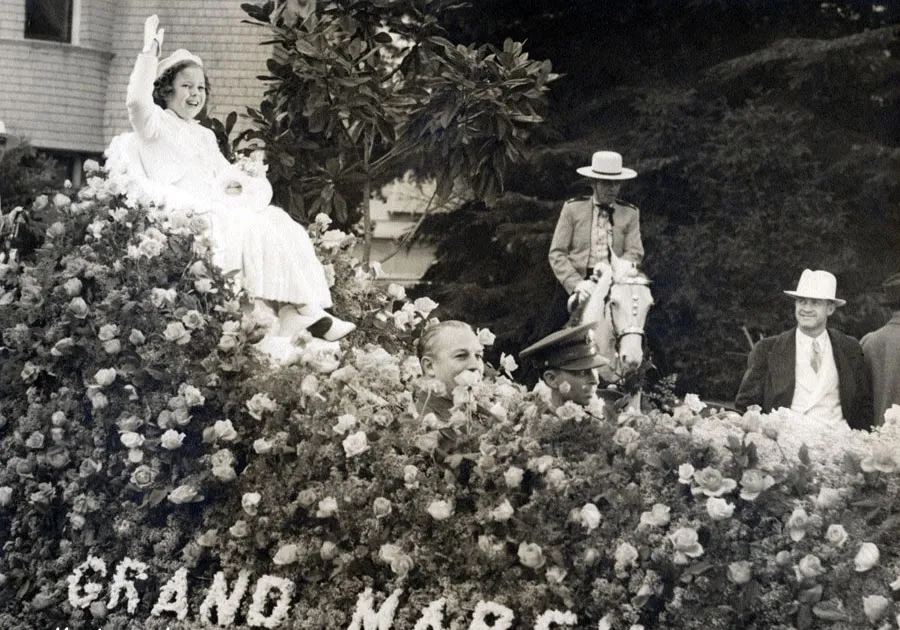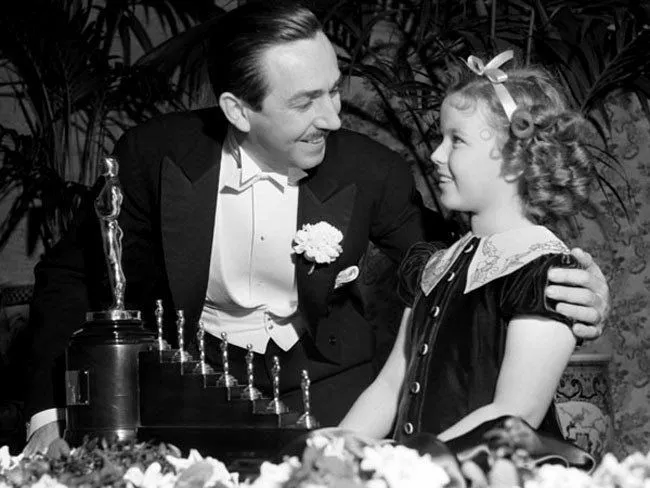John Lennon, one of the most legendary and influential musicians of the 20th century, was not just known for his musical prowess but also for his distinctive round glasses. These glasses, with their iconic circular frames, became a symbol of John Lennon's unique style and personality. In this extensive 3,000-word article, we will explore the history, influences, and enduring impact of John Lennon's iconic round glasses.
![]()
The Birth of the Iconic Glasses
![]()
John Lennon's journey with round glasses began in the early 1960s. His choice of eyewear was not merely a fashion statement; it had its roots in both practicality and self-expression.
In his early years, John Lennon struggled with nearsightedness. The need for prescription glasses was a practical one, but he turned this necessity into an opportunity for self-expression, choosing eyewear that reflected his distinctive style and personality.
![]()
John Lennon was an avid reader and had a deep appreciation for the works of artists and intellectuals, many of whom wore round glasses. This exposure to literature and philosophy played a role in shaping his choice of eyewear. Figures like Gandhi, Aldous Huxley, and James Joyce, who wore similar glasses, served as inspirations.
The Beatles and the Eyeglasses
![]()
The Beatles, one of the most iconic bands in history, had a profound influence on popular culture in the 1960s. John Lennon's round glasses became a defining part of their image.
In the early years of The Beatles, their style was relatively conventional. However, as the band's popularity grew, their look evolved. The "mop-top" haircuts and sharp suits eventually gave way to a more countercultural and individualistic aesthetic.
![]()
John Lennon's round glasses were a key element of this evolution. As The Beatles transitioned from their clean-cut appearance to a more artistic and experimental phase, Lennon's glasses symbolized his unique perspective and nonconformist spirit. His eyewear set him apart not only from his bandmates but also from other rock musicians of the time.
A Window to His Soul: The Psychedelic Era
![]()
The 1960s were a time of profound cultural and artistic transformation, and John Lennon's glasses became a canvas for expressing his evolving worldview.
As the counterculture movement gained momentum, John Lennon's eyeglasses underwent a transformation. They evolved from simple round frames into intricate, colorful, and kaleidoscopic designs. These psychedelic glasses mirrored the spirit of the era and the influence of hallucinogenic experiences.
![]()
John Lennon used his glasses as a means of conveying his messages of peace and love. The "Give Peace a Chance" campaign and the "Bed-In for Peace" demonstrations featured Lennon wearing his round glasses, reinforcing their association with his activism.
Beyond the Beatles: Solo Career and Legacy
![]()
After the dissolution of The Beatles, John Lennon continued to wear his iconic round glasses as he embarked on a solo career and became an advocate for social and political change.
The cover of John Lennon's "Imagine" album, released in 1971, features a close-up image of him wearing his iconic glasses. This album and the title track have become synonymous with the spirit of hope and unity, and the glasses symbolized his visionary ideals.
![]()
Following John Lennon's tragic death in 1980, his round glasses have become a symbol of his enduring influence. They have been used in art, fashion, and various forms of media to pay tribute to his memory and his legacy of peace and love.
John Lennon's Impact on Eyewear Fashion
![]()
John Lennon's glasses have had a significant impact on eyewear fashion. They have not only inspired designers and eyewear brands but have also influenced the way people perceive eyeglasses as a fashion accessory.
The iconic round frames that John Lennon popularized in the 1960s have become a timeless style in the world of eyewear. Many designers have drawn inspiration from Lennon's frames, creating modern variations that pay homage to his unique look.
![]()
The resurgence of round glasses in contemporary fashion is, in part, a testament to John Lennon's enduring influence. Retro eyewear styles have made a comeback, driven by a desire for a classic yet individualistic look.
The Cultural Significance of John Lennon's Round Glasses
![]()
John Lennon's round glasses are not just an accessory; they are a symbol of his values, his music, and his impact on the world.
John Lennon's glasses were an extension of his identity and personal expression. They were not just a functional accessory but a part of his image and an instrument through which he conveyed his artistic and philosophical beliefs.
![]()
The round glasses have become a symbol of John Lennon's legacy of peace and love. They continue to inspire and resonate with individuals who share his ideals, making them a powerful cultural and emotional symbol.
Conclusion
![]()
John Lennon's iconic round glasses were more than just a fashion statement; they were a reflection of his evolving style, personality, and the cultural zeitgeist of the 1960s. From his early years in The Beatles to his solo career and his lasting influence on eyewear fashion, these glasses remain a symbol of individualism and the enduring message of peace and love that John Lennon championed throughout his life.
As we explore the history, influences, and impact of John Lennon's iconic round glasses, it becomes clear that they were not just a window to his eyes; they were a window to his soul and his enduring legacy. These glasses, like his music, continue to inspire and connect with people around the world, serving as a reminder of the power of artistic expression and the pursuit of a better, more peaceful world.



